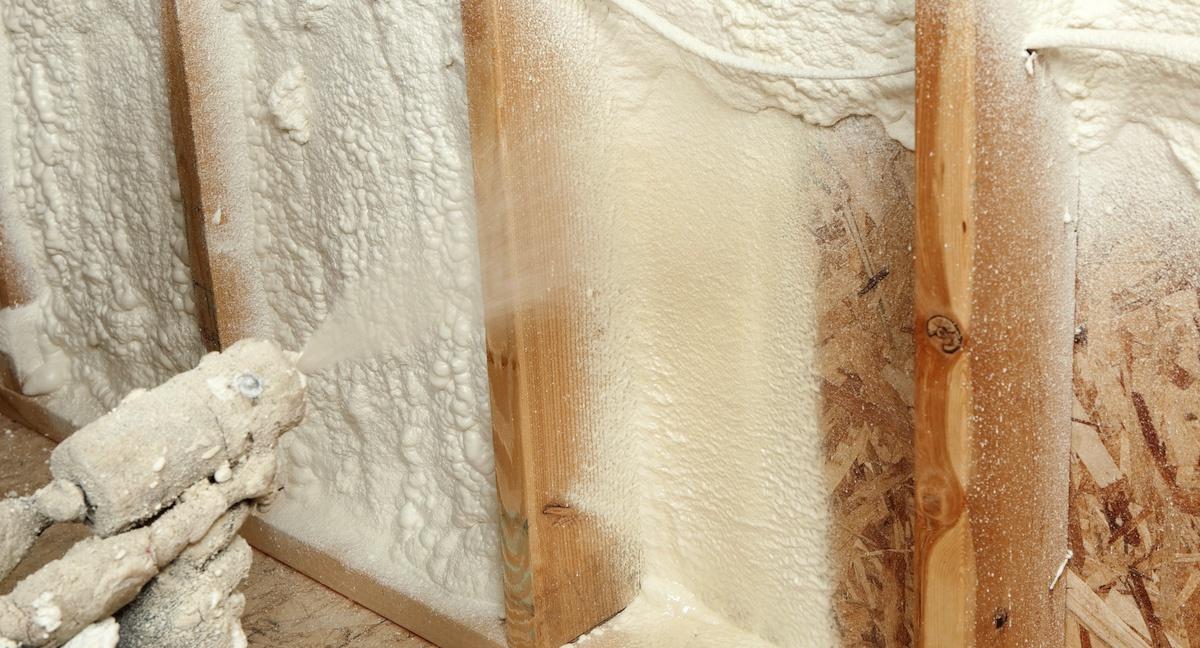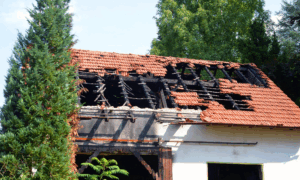An energy-saving technology that was promoted as spray foam lately turns out to be a major setback to numerous customers in the United Kingdom. Many are finding that mortgage lenders, selling points, and even remortgaging are causing serious problems when it comes to spray foam insulation in a loft or the roof room.
Being aware of the extent of these spray foam mortgage problems, homeowners may undertake appropriate actions in a timely manner and prevent being under financial pressure.
Why Spray Foam Insulation Creates Mortgage Issues
The problem with Spray Foam Insulation is that it causes Mortgage problems.
The underlay of the roof will provide the spray foam insulation, which in effect produces a sealed area. Although it can assist in curbing heat loss, the idea is not taken lightly by most lenders, the reasons being many factors:
- Limited Access to Roof Timbers
The wooden rafters are sprayed with spray foam, and accordingly, the surveyors are not able to determine the status of the roof. Lenders need to have assurance that the roof is in sound condition, and it cannot be confirmed when the wood is concealed.
- Wetness and Airflow
Moisture may be trapped beneath the roof by foam and result in mould, rot, and possibly long-term damage. This type of secret damage can cause lenders to worry that the property will depreciate.
- Shortage of Standardisation
Spray foam insulation does not have uniform criteria or guidelines for application. Consequently, the quality may be drastically inconsistent among installations, and lenders tend to refuse the property with spray foam as a whole to avoid jeopardy.
- Surveyor Limitations
Mortgage surveyors can down-value or flag with spray foam, meaning that it can be harder or not possible to obtain a mortgage or remortgage at all.
Common Problems Homeowners Face
- Mortgage Rejection
Numerous loan providers mechanically say no to mortgage applications when spray foam insulation is present, especially in the attic or rooftop.
- Collapsed Property Sales
Buyers withdraw their offers when their lender declines the mortgage on the grounds of spray foam. This may make the sales turnover fail at the final stage.
- Remortgage Refusal
Unless the spray foam is removed, homeowners seeking to change their mortgage lenders or to work with the equity can be denied.
- Reduction in the Value of Property.
A buyer might agree to buy at a reduced price to compensate for the cost of removing spray foam, even though he may proceed.
The Role of Spray Foam Removal in Solving Mortgage Issues
Spray foam mortgages may only be resolved by professional removal. Depending on the lender, lenders usually demand the complete removal of the insulation and examination of the roof before approving a mortgage.
Steps typically include:
- Manual Removal: All foam is removed from the roof, leaving rafters and timber to be examined.
- Roof Inspection: A professional will inspect to see whether there is damage or potential moisture when moisture has gotten below the foam.
- Certification: Upon removal, a certificate is issued to show that the removal of the spray foam has been completed and that the roof is okay.
- Lender Re-appraisal: The lenders who have been certified will approve the mortgage/ remortgage with an increased chance.
Prevention: What Homeowners Need To Know
When you ask yourself whether to install spray foam insulation, you should know about the dangers. Lots of professionals recommend that spray foam should never be put in a roof, as it would be difficult to sell that house or even remortgage again. Lenders in particular and surveyors may tend to favor the use of traditional insulation materials.
In the situation where the homeowner is already spoiled by the mortgage concerns, proactive measures are critical. Procrastinating until a buyer or lender questions may slow the process, cost a sale, and increase the cost of removal.
Conclusion
Spray foam insulation may offer energy-saving benefits, but it is increasingly causing serious mortgage problems for homeowners across the UK. Many lenders reject properties with spray foam due to concerns about hidden damage and the inability to inspect roof structures. Professional spray foam removal, along with proper certification, is often necessary to regain mortgage eligibility. Homeowners should seek trusted advice and act early to avoid property value loss and failed transactions.



































